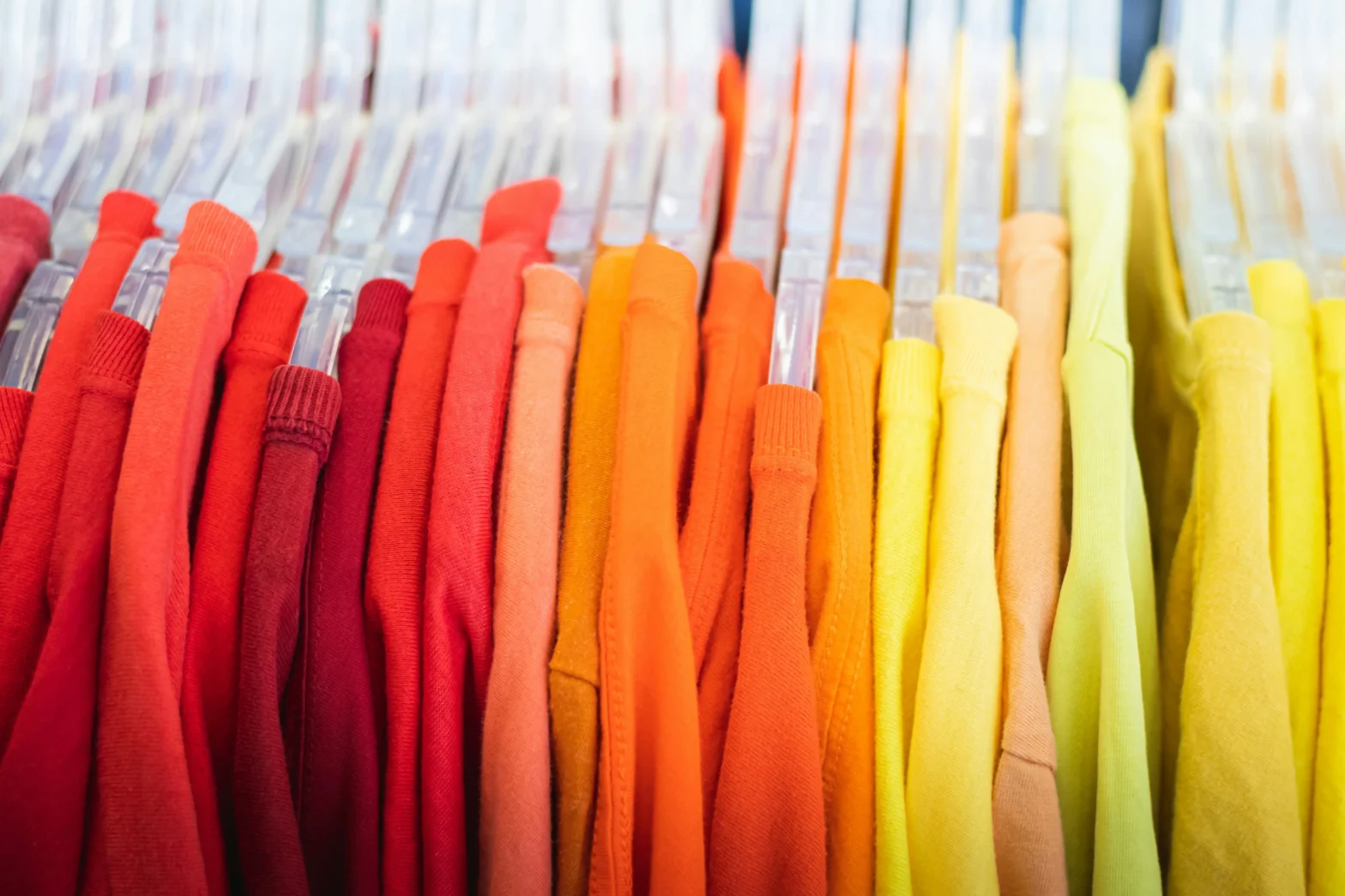Businesses are constantly looking for efficient ways to draw in and keep clients in the cutthroat market of today. Color is one of the most subtly effective marketing tactics for influencing consumer behavior. Branding, packaging, and advertising colors have the power to arouse feelings, convey ideals, and influence consumer choices.
This guide examines how colors affect consumer purchasing decisions across a range of businesses and digs into the psychology of color selection.
The Psychology of Color in Consumer Behavior
Colors do not merely decorate products or ads; they communicate messages and trigger psychological responses. Human brains are wired to respond instinctively to color cues—responses that have evolved over centuries and are influenced by cultural, social, and personal factors.
For example, red is often associated with urgency, passion, and excitement, which can stimulate appetite or impulse buying. Blue conveys trust, calmness, and reliability, making it a popular choice for financial institutions. Understanding these color associations helps marketers craft visual identities that resonate emotionally with target audiences.
How Colors Evoke Emotions and Perceptions
Colors have the unique ability to evoke specific emotions and perceptions that influence consumers’ attitudes towards products or brands.
- Warm Colors (Red, Orange, Yellow): These colors tend to grab attention quickly and create feelings of warmth and enthusiasm. They can stimulate energy and excitement, often used in clearance sales or fast-food branding to encourage quick decisions.
- Cool Colors (Blue, Green, Purple): Cool colors are linked to calmness, trust, and sophistication. They are commonly used by brands that want to communicate stability, health, or luxury, influencing consumers to feel more confident in their purchases.
- Neutral Colors (Black, White, Gray): Neutrals provide balance and simplicity, often associated with elegance and modernity. They work well as background colors or in minimalist designs that emphasize quality and timelessness.
These emotional triggers can influence how consumers perceive product value, quality, and even price fairness.
Color and Brand Identity: Building Recognition and Loyalty
Color is a critical component of brand identity, helping brands stand out in crowded markets and build emotional connections with customers. Consistent use of a brand’s signature colors fosters recognition and loyalty over time.
For instance, brands like Coca-Cola and McDonald’s use red prominently to evoke excitement and stimulate appetite. On the other hand, tech giants like IBM and Facebook use blue to emphasize trust and dependability. These color choices are strategic, aligning with the brand’s personality and the emotional response they want to elicit.
When consumers repeatedly encounter a brand’s colors, they begin to associate those colors with the brand’s values and experience, strengthening brand recall and influencing repeat purchases.
Impact of Color in Product Packaging and Store Design
Packaging is often the first physical touchpoint between a product and a consumer, making color choices crucial in grabbing attention and conveying information.
Bright, vibrant colors can make products stand out on crowded shelves, attracting impulse buyers. Luxury products tend to use darker, richer hues like deep purples, blacks, or golds to communicate exclusivity and premium quality.
In retail environments, store design and layout also use color to influence buying behavior. For example, blue lighting may encourage shoppers to browse calmly and spend more time, while red accents may create urgency, pushing for quicker purchase decisions.
Retailers and product designers carefully consider these color dynamics to create atmospheres that enhance the overall shopping experience and boost sales.
Cultural Influences on Color Perception
It’s important to recognize that color meanings are not universal; they vary significantly across cultures, which affects how consumers interpret colors.
- In Western cultures, white is often associated with purity and weddings, while in many Eastern cultures, white is linked to mourning and funerals.
- Red is considered lucky and auspicious in China but may signal danger or warning in other contexts.
- Green represents nature and health in many parts of the world but can symbolize jealousy or illness in some cultures.
Global brands must adapt their color strategies to local preferences and meanings to avoid misunderstandings and appeal effectively to diverse audiences.
Color Preferences and Demographics
Consumer responses to colors also differ based on demographic factors like age, gender, and personal preferences.
Studies show that men and women often favor different color palettes. Women tend to prefer softer, cooler colors like blue and purple, while men may lean towards bolder, brighter colors like blue, green, or black.
Age plays a role as well, with younger consumers attracted to bright, energetic colors and older consumers preferring muted, classic tones. Marketers tailor color usage in advertising and product design to match the preferences of their target demographics, optimizing appeal and purchase likelihood.
Using Color to Influence Online Buying Behavior
With the rise of e-commerce, color plays an even more significant role in digital environments. Website design, app interfaces, and digital ads rely heavily on color to guide user attention, evoke trust, and encourage conversions.
For example, call-to-action buttons in red or orange often outperform more neutral colors because they create a sense of urgency. Meanwhile, trust signals in blue tones can reduce anxiety during online transactions.
Effective color choices enhance usability, reduce bounce rates, and improve overall customer satisfaction, all of which drive higher sales online.
Conclusion
Colors are far more than mere aesthetic choices; they are fundamental tools in shaping consumer psychology and buying decisions. From evoking emotions and creating brand loyalty to enhancing product appeal and influencing online behaviors, color plays a multi-dimensional role in marketing success.
Businesses that understand and strategically implement color psychology can create stronger brand identities, connect emotionally with consumers, and ultimately boost their sales performance. Whether designing a product, packaging, or a digital platform, thoughtful color choices remain essential to guiding consumer behavior and driving purchase decisions.

